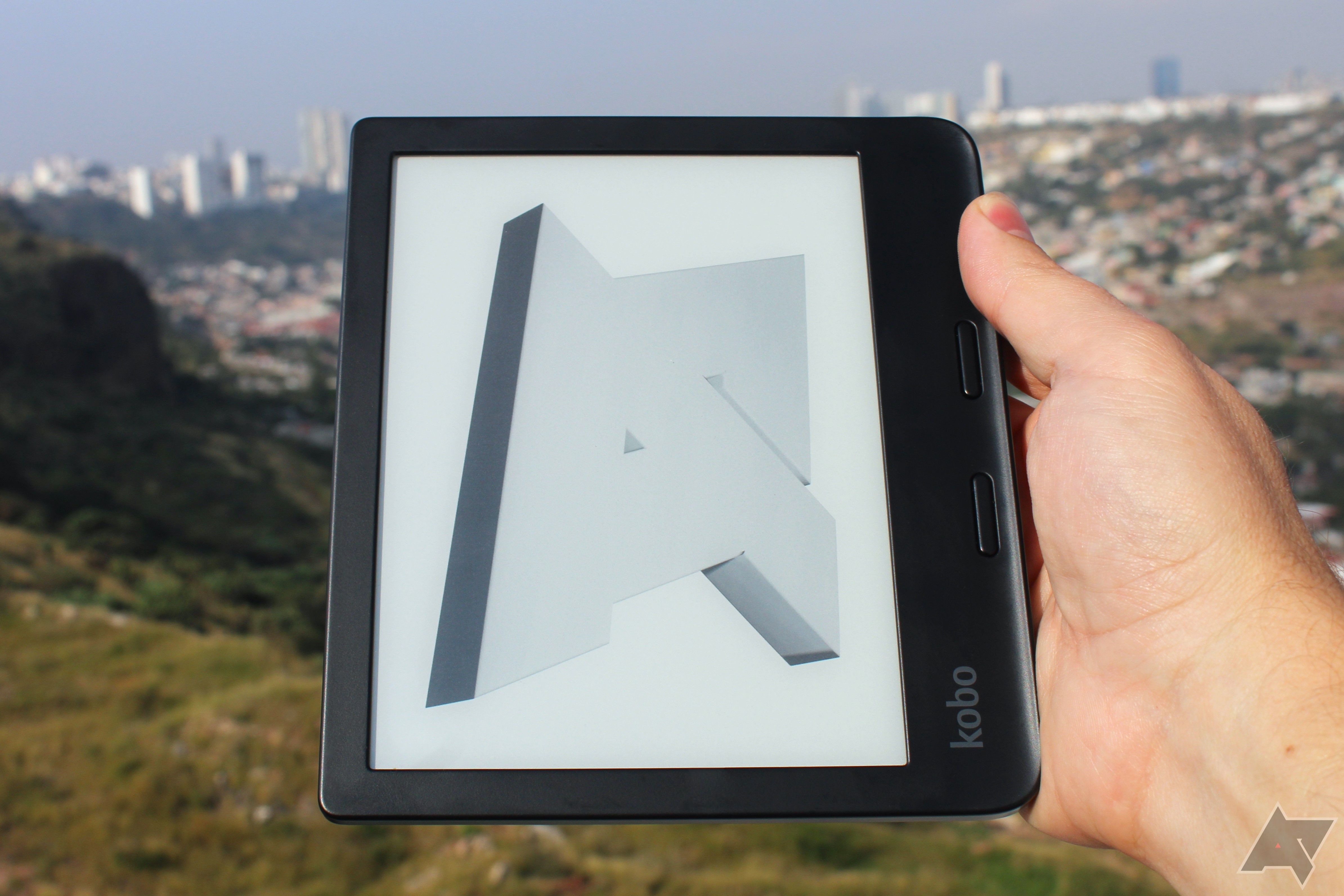Way back in 2007, Amazon launched the first Kindle e-reader with 250MB of onboard storage and an SD card port. Today, the expandable storage slot is long gone, and now that the 8GB Kindle Paperwhite has quietly been retired, the smallest Kindle that Amazon sells is 16GB (and there are many other nice Kindles available). So, that got us wondering. Is 8GB too small for an e-reader in 2024?
There are still plenty of options out there for 8GB e-readers. Kobo and Nook offer an 8GB option in the Nia and GlowLight 4E, respectively. PocketBook has the Basic Lux 4, the InkPad Lite, and the Verse, and reMarkable has its eponymous writing tablet. On the other end of the spectrum, are e-reader makers that, like Kindle, don’t offer devices with fewer than 16GB of storage, among them Boox, Bigme, and Supernote.

Should you buy a budget Android tablet or an expensive e-reader?
We compare the differing tech from features and design to display and pricing
How much is 8GB really
When it comes to e-books, it’s a lot
Source: Needpix/GDJ
Let’s get technical for a minute and dig into what bits, bytes, and gigabytes actually are. A bit (binary digit) is one of the billions of 1s and 0s coursing through every electronic device you own. It is the fundamental unit of digital information.
A byte is a group of eight bits or an eight-digit binary number. The reason we group our bits in bunches of eight is a bit beyond the scope of this article, but suffice it to say that it’s a very convenient size for storing a single character (letters, numbers, symbols). Up to this point, this article has a tad over 1,400 characters or 1.4 kilobytes.
.jpg)
Does the perfect e-reader actually exist?
How to find the perfect e-reader for your needs
A book tends to have around 100,000 words and the average number of letters in an English-language word is 5, so we can extrapolate that a typical book will have around 500,000 characters in it. Let’s add another 100,000 for all the spaces between the words and 15,000 for all the punctuation. That gives us a size of 615KB for the data in an average hypothetical book.
And it turns out those back-of-the-envelope numbers are pretty accurate; most e-books are between 500KB and 2MB. Now, we’re starting to get close to grasping how big 8GB is when it comes to books. Depending on how you reckon it, 1,000 bytes is a kilobyte (KB), 1,000KB is a megabyte (MB), and 1,000MB is a gigabyte (GB). So, assuming all of our theoretical books are 2MB, and assuming we have about 6GB of space after accounting for system files, that leaves us with space for 3,000 books. If you finished one book per day for eight years straight, you still wouldn’t have read 3,000 books.
But books are more than just letters
And e-readers are more than just books
More people are using e-readers to read books and listen to them. Some statistics estimate that 45% of American adults have listened to an audiobook, and in 2022, audiobooks generated $1.8 billion in sales, so it’s definitely more than a fad. Audiobooks are generally around 300MB for ten hours of narration. That means you could store 20 audiobooks on our hypothetical device with 8GB of storage.
Users must also consider visual media. For over 15 years, digital comic books can be purchased online. Whereas a book tells a story through an ordered sequence of letters and words, comics and manga tell a story through an ordered sequence of images, and a full-page image takes up much more storage space than a full page of words. Digital comic books can take up anywhere from 100MB to 2GB. Assuming an average size of 1GB, there’ll be room for six comic books on an 8GB device, three in a worst-case scenario.
Finally, device makers are building their e-readers with Android operating systems. Rather than just an E Ink tablet for reading books, consumers are using their e-readers as a PDA for checking email, task management, and playing games. These non-reading applications take up space, and the average size for an app on the Play Store is 60MB, which means you can fit about 100 of them on an 8GB device.
Is 8GB enough?
If all you do with your e-reader is read books, 8GB is more space than you’ll ever need unless you want instant access to over 3,000 books at all times. Even at the prodigious pace of one book a week, it would take over 50 years to read them all. On the other hand, if you use your e-reader to consume visual media like manga or comics, 8GB might be below what is acceptable for you. Imagine going on vacation and wanting to bring all ten volumes of manga for the trip, but it turns out you only have space to load three of them. At that point, you’d be kicking yourself for not buying something with 16 or 32GB.
How much space you need on your e-reader is entirely dependent on what you plan to do with it. If you’re playing fantasy bingo on Reddit, 8GB is more than you need. If you want to store all ten volumes of Neil Gaiman’s Sandman (and check your email and download podcasts and play games), you’ll need a bigger device.
Source link



